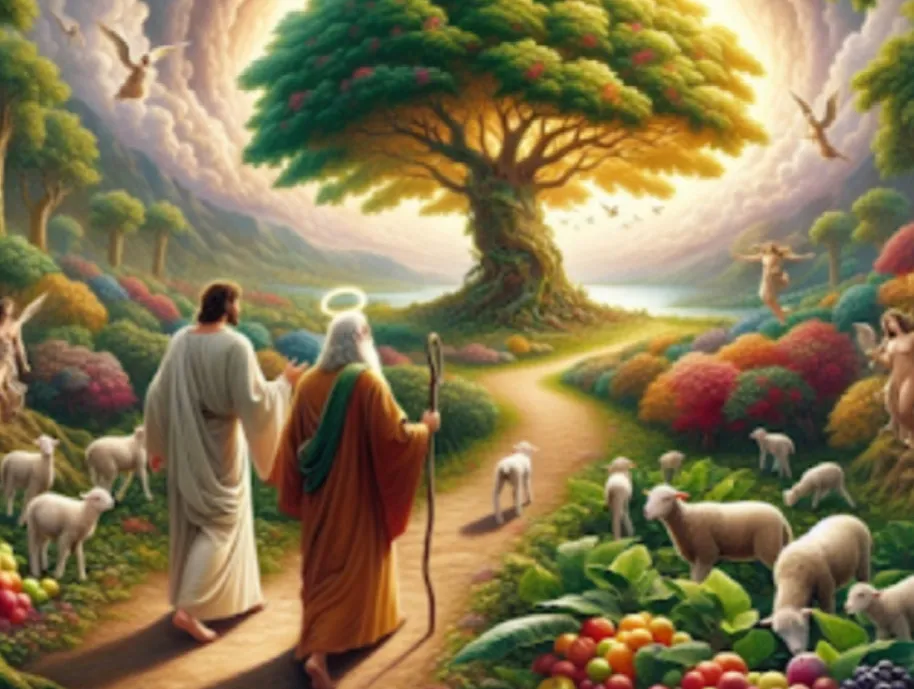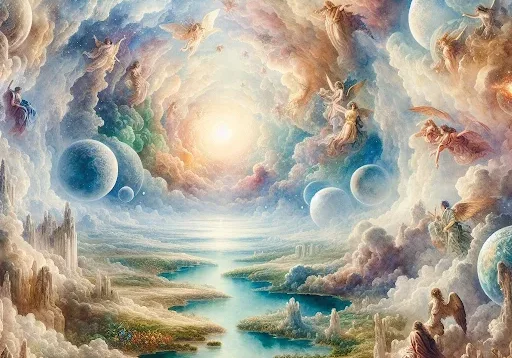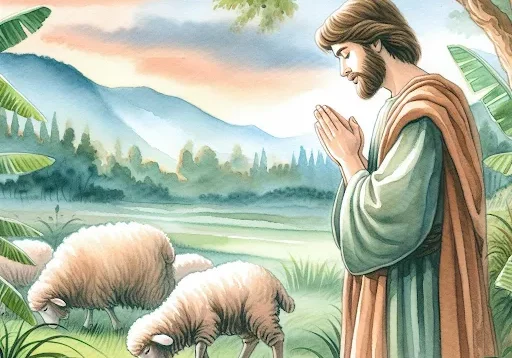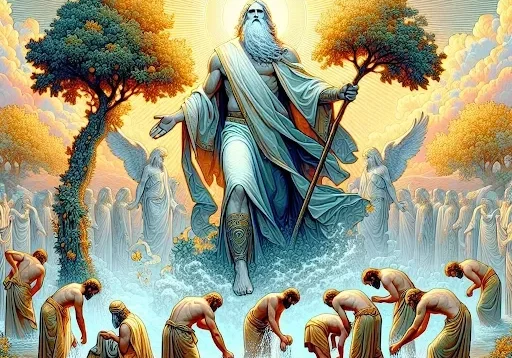What You Need to Know About the Garden of Eden

SHARE
The Garden of Eden is more than a distant, mythic paradise. For believers, it is the original setting of God‘s relationship with humanity—a sacred space where divine intention and human purpose first met.
Found in the early chapters of Genesis, Eden represents both the beauty of creation and the gravity of free will. As we explore this iconic garden, we uncover foundational truths about God’s character, mankind’s responsibility, and the hope of redemption.
Genesis 2:8 says, “Now the Lord God had planted a garden in the east, in Eden; and there he put the man he had formed.” From the beginning, Eden wasn’t a random place—it was intentionally designed by God.
Everything in it was good, abundant, and life-giving. Rivers flowed from it, nourishing the land (Genesis 2:10-14). The presence of the Tree of Life and the Tree of the Knowledge of Good and Evil emphasized Eden’s spiritual richness. In Eden, Adam and Eve lived in direct communion with God—naked, unashamed, and without fear (Genesis 2:25).
But Eden wasn’t just about beauty; it was about responsibility. Genesis 2:15 states, “The Lord God took the man and put him in the Garden of Eden to work it and take care of it.” This reveals an important truth: God’s blessings are often accompanied by purpose. Humanity’s first calling wasn’t just to enjoy creation but to steward it faithfully. This highlights a biblical pattern—God gives, and we respond with obedience and care.
At the center of Eden stood a test: “You must not eat from the tree of the knowledge of good and evil, for when you eat from it you will certainly die” (Genesis 2:17). Sadly, in Genesis 3, Adam and Eve are deceived by the serpent and eat the forbidden fruit. Their eyes were opened—not to liberation, but to shame. They hid from God (Genesis 3:8), and sin entered the world.
Eden was lost, and with it, the unbroken fellowship between God and man. But even in judgment, God hinted at redemption. In Genesis 3:15, He foretells the coming of Christ—the offspring who would one day crush the serpent’s head.
Today, Eden reminds us of what was—and what will be. Revelation 22 speaks of a restored paradise, where the Tree of Life reappears, and God dwells with His people again. “No longer will there be any curse… They will see his face, and his name will be on their foreheads” (Revelation 22:3-4). Eden may have been lost, but its promise lives on in Christ.
As we reflect on the Garden of Eden, let it stir our hearts toward obedience, gratitude, and a deeper longing for the restoration God has promised. Eden was the beginning—but it also points us to the glorious end.
*Cover Photo/Thumbnail Photo from bibleart.com
RELATED ARTICLES

NBA 2K26 Season 4 Drops This Friday

Philippine Blockchain Week is a Community Partner for Consensus HK 2026









